The art of welding has been a crucial aspect of human innovation for centuries. It has played an integral role in the construction of bridges, buildings, and vehicles that shape our world today. However, welding has also become an essential tool for restoring and preserving the artifacts of our past.
One particular welding technique that has gained significant popularity in recent years is Tungsten Inert Gas (TIG) welding.
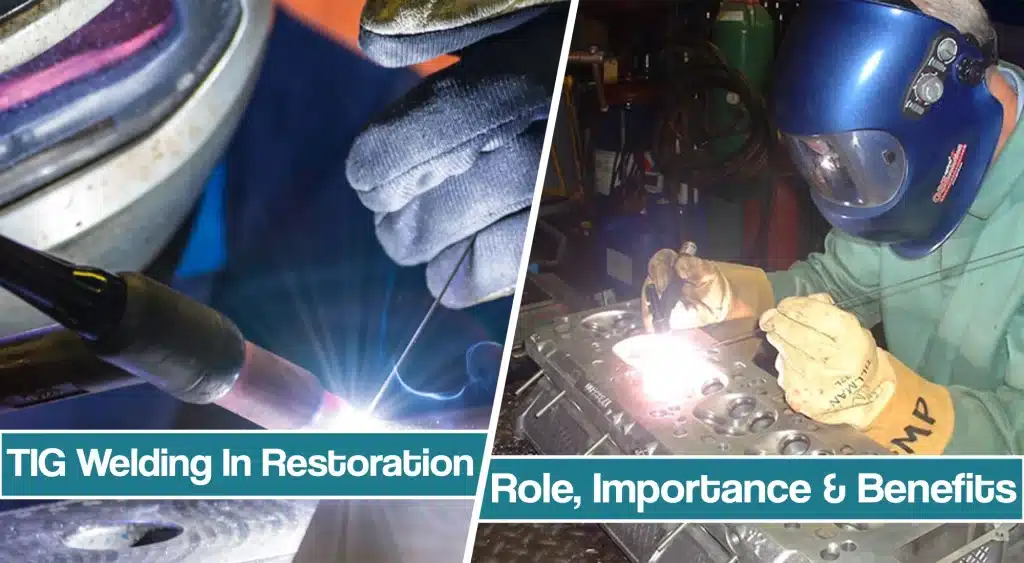
TIG welding for restoration and preservation provides a level of precision and control that is necessary when dealing with old parts and artifacts. In this article, we explore how TIG welding has become a go-to technique for the restoration and preservation of our collective history.
Why Is TIG Welding Important In the Restoration And Preservation Of Old Parts and Artifacts
TIG welding is an important technique in the restoration and preservation of old machine parts and artifacts because it provides a high level of precision and control. When restoring or preserving an old part or artifact, it is essential to minimize damage and maintain its original shape and structure.
TIG welding, also known as Gas Tungsten Arc Welding, is a welding technique that uses a tungsten electrode to produce an arc that melts the base metal and forms a weld puddle.
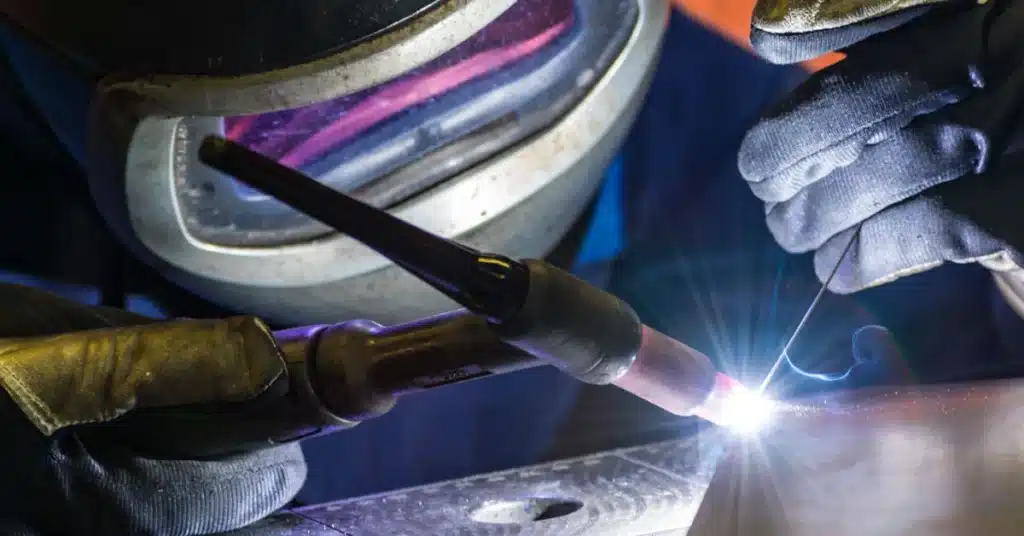
The filler metal and weld puddle is protected from atmospheric contamination by an inert gas, usually argon. Compared to other welding processes, such as MIG welding (Metal Inert Gas), or Stick welding, the TIG welding process allows for a precise weld bead, minimal distortion, and reduced heat-affected zones, which are crucial for preserving the original structure of the part or artifact.
Moreover, TIG welding can be used with a wide range of metals, including stainless steel, aluminum, copper, and bronze, making it a versatile technique for the restoration and preservation of old parts and artifacts.
TIG Welding In Restoring Old Cars And Body Parts
TIG welding is an important technique in the restoration of old cars because it allows for precise welding of thin, intricate metal components without causing damage to the surrounding areas. Restoring old cars involves repairing or replacing various metal parts such as body panels, frame components, and engine parts.
TIG welding works by creating an electric arc between the tungsten electrode and the metal being welded, which generates intense heat, melting the metal together.
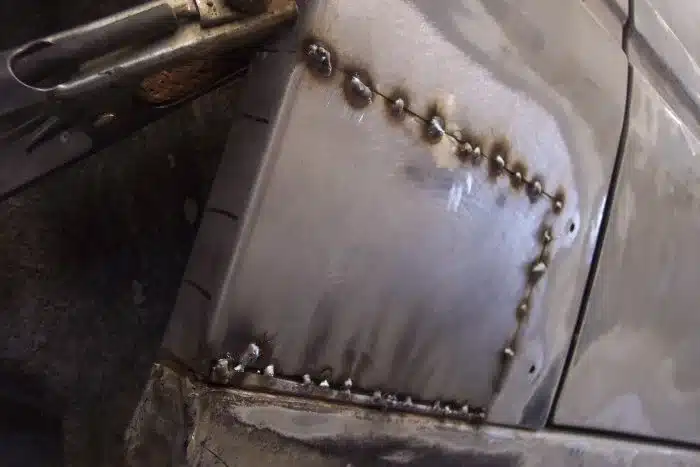
This process is done while shielding the tig welded to area with an inert gas like argon, which protects the weld from oxidation and contamination.
When restoring old cars, TIG welding is particularly useful for welding thin sheet metal, as it allows for a precise and controlled weld bead. This is essential when working with delicate body panels or intricate engine components, where any distortion or warping of the metal by welding torch could affect the overall integrity of the car.
TIG welding can also be used to repair cracks, holes, and other damage in metal components. The precise nature welding speed of the welding technique allows for small, intricate repairs to be made, which can save otherwise damaged components from being discarded and replaced.
TIG Welding In Collision Repair Facilities
TIG welding is commonly used in collision repair facilities to repair and restore damaged vehicles. TIG welding is a versatile and precise welding technique that can be used to repair a wide range of metals, including aluminum, steel, and other alloys used in modern cars.
TIG welding works by creating an electric arc between a tungsten electrode and the metal being welded. The heat generated by the arc melts the metal, creating a strong and precise weld. TIG welding also uses a shielding gas, usually argon, to protect the weld area from oxidation and contamination, which is essential in collision repair work.
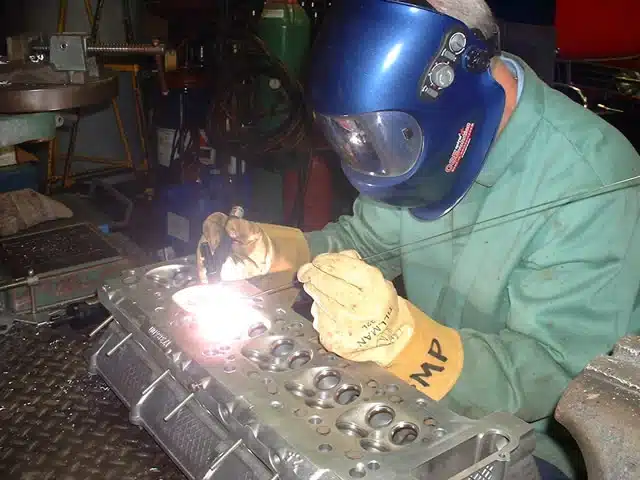
In collision repair facilities, TIG welding is often used to repair and restore damaged body panels, including fenders, doors, and hoods. TIG welding is also commonly used in the repair of aluminum components, such as engine blocks and suspension parts, which are becoming increasingly common in modern cars.
One of the benefits of TIG welding in collision repair facilities is its ability to produce high-quality welds that are nearly invisible. This is especially important in automotive repair, where the appearance of the finished product is critical. TIG welds are subjected to minimal distortion, which ensures that the repaired component maintains its original shape and function.
TIG welding also allows for precise control of the welding arc, which is essential when working with complex and intricate components. The ability to precisely control the welding arc means that TIG welding can be used to repair even the most delicate and intricate components, such as exhaust systems, engine mounts or fuel tanks.
TIG Welding In Aircraft Parts Restoration
TIG welding is a widely used technique in aircraft repair and maintenance, where the quality and integrity of the repair are critical for ensuring the safety and performance of the aircraft.
TIG welding is commonly used in the repair of aircraft engine components, exhaust systems, and airframe parts.
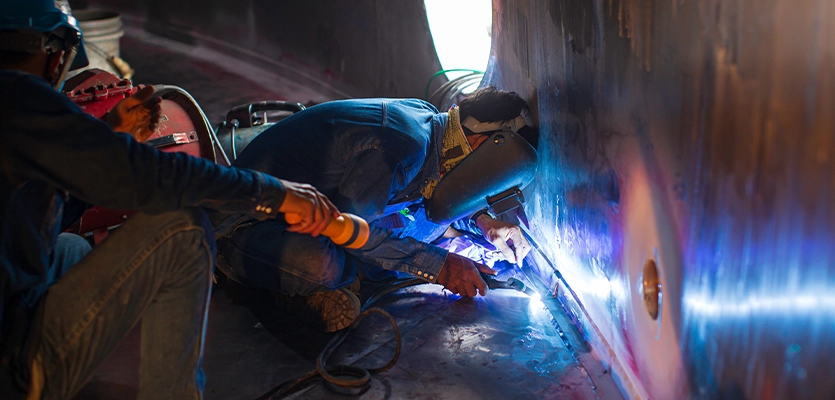
TIG welding works by creating an electric arc between a tungsten electrode and the metal being welded. The intense heat generated by the arc melts the metal together, forming a strong bond. TIG welding also uses a shielding gas, usually argon, to protect the weld area from oxidation and contamination, which is crucial in aircraft repair.
In aircraft repair, TIG welding is particularly useful for repairing thin, delicate components such as engine parts or exhaust systems. The precise nature of TIG welding allows for accurate control of the welding arc, which is essential when working with these intricate parts. TIG welding also produces minimal distortion, which is critical for maintaining the original shape and structure of the part being repaired.
Moreover, Tungsten Inert Gas welding can be used with a wide range of metals, including aluminum, titanium, and stainless steel, which are commonly used in aircraft construction. This versatility makes TIG welding a go-to technique for repairing and maintaining aircraft components.
TIG Welding In Preservation
TIG welding is an important technique in the preservation of historical artifacts, artworks, and other valuable objects made of metal. Preservation involves protecting these objects from corrosion, wear and tear, and other forms of damage to ensure they remain in their original state for future generations to appreciate. TIG welding is particularly useful in preservation work because it allows for precise and controlled welding of intricate metal components.
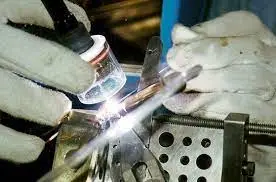
This is essential when repairing delicate and intricate metal objects that require a high degree of precision to maintain their original form and function. TIG welding can be used with a wide range of metals, including precious metals like gold, silver, and bronze, making it a versatile technique for the preservation of metal artifacts.
TIG welding can also be used to fill gaps, repair cracks, and reinforce weakened areas in metal objects, which helps prevent further damage and decay. The precision and control offered by TIG welding make it an ideal technique for restoring and preserving delicate and valuable metal objects, such as antique clocks, sculptures, and jewelry.
Museum-quality TIG Welding
Museum-quality TIG welding refers to a high level of precision and quality in TIG welding that is suitable for use in museum-quality restoration and preservation work. Museum-quality TIG welding is characterized by its ability to produce welds that are nearly invisible and do not detract from the original aesthetic or structural integrity of the object being restored or preserved.
To achieve museum-quality TIG welding, a high level of skill and expertise is required. The TIG welder must have extensive knowledge of metallurgy, welding techniques, and the specific metal being welded.
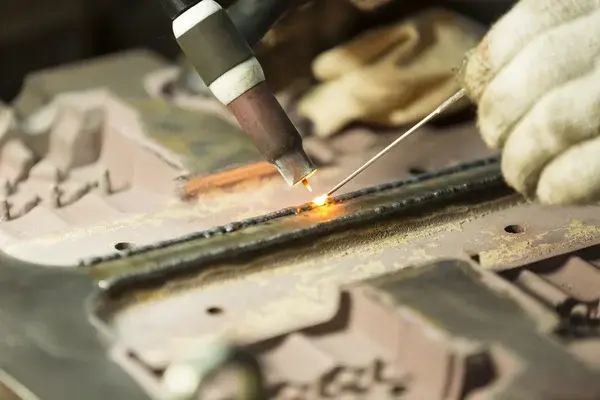
The welding equipment must also be of the highest quality, including the TIG welding machines, tungsten electrodes, filler wire, rods, and shielding gas.
Museum-quality TIG welding involves a meticulous approach to the welding process, which includes the use of precise welding techniques and equipment settings to achieve a consistent and clean weld. The welder must also take great care to ensure that the heat input into the metal being welded is minimized to avoid any distortion or damage to the object.
The result of museum-quality TIG welding is higher quality welds a nearly invisible weld that does not detract from the original appearance or structural integrity of the object being restored or preserved. This level of quality is essential when working with museum-quality artifacts, historical objects, and other valuable items that must be preserved for future generations. These results are hardly achieved with MIG weld or Shielded metal arc welding, so TIG weld is a go-to choice.
TIG Welding For Restoration And Preservation – Education And Career
Automotive preservation, conservation, and restoration education can be beneficial for those pursuing a TIG welding career in several ways. First, it provides a deeper understanding of the materials and structures of the objects being restored or preserved, which can help welders to make informed decisions about the welding process.
Understanding the materials and structures of automotive components, such as body panels and frames, can help TIG welders to choose the appropriate welding technique and materials for a given repair or restoration project.
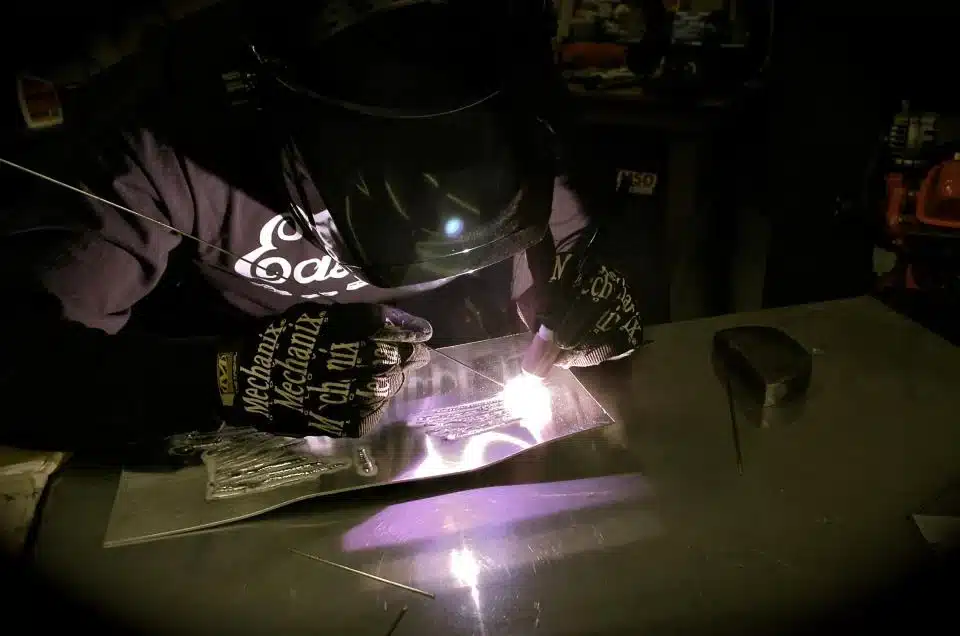
This knowledge can also aid in the identification and preservation of historically significant vehicles and components, which can lead to opportunities to work on unique and challenging projects.
Additionally, automotive preservation, conservation, and restoration education often cover the use of traditional techniques and materials in restoration work. This can be valuable for TIG welders who may need to work with older vehicles and components that were originally constructed using these techniques and materials.
Learning about traditional techniques and materials can also help TIG welders to identify and work with various alloys and metals commonly used in automotive repair and restoration, such as TIG welding aluminum, stainless steel, and carbon steel.
How Much Do TIG Welders In Restoration And Preservation Earn?
According to the U.S. Bureau Of Labor Statistics, TIG welders that work on vehicle body restoration and preservation can earn a mean annual wage of $42,220, or a median hourly wage of $20.30. Auto body fabrication and restoration is one of the highest concentrated by welders, with %15.44 of all workers being welders. However, keep in mind that these are the statistics values, while TIG welder salary can vary on the state, experience, work hours, bonuses, company and many more.
That’s why we, in practice, see entry-level TIG welders with 0-2 years of experience make approximately $30,000. This salary can go even lower in low-paying states and companies, down to $26,100 a year or only $15.54 an hour. However, seasoned welders with more than 7 years of experience, in top-paying states can easily make $100,000 a year. With bonuses and overtime work, the salary can rise up to $150,000, while common numbers are $60,000-80,000 a year.
Conclusion
TIG welding is a highly versatile and precise welding technique that has numerous applications in the automotive industry, from collision repair facilities to the preservation and restoration of historic vehicles and artifacts. Whether working on a vintage car restoration project or repairing a modern vehicle, the TIG welding equipment, and skill are essential tools for ensuring the safety, performance, and aesthetic quality of the finished product.
TIG welding and automotive preservation, conservation, aircraft maintenance, and restoration education are interconnected, and both are critical for those pursuing a career in the automotive industry. By mastering TIG welding techniques and gaining knowledge in restoration and preservation, welders can produce high-quality, aesthetically pleasing, and safe repairs and restorations that will endure for many years to come.
Resources
- https://blog.red-d-arc.com/welding/how-welding-extends-life-of-aircraft-parts/
- https://plasmatech.solutions/blog/restoring-a-classic-car-here-are-3-welding-choices-available/
- http://www.restorativewelding.com/restorativewelding/Technique.html
- https://astropak.com/protect-your-tig-welds/
- https://app.aws.org/forum/topic_show.pl?tid=36285




